When VW added a 3.0-litre V6 turbodiesel to its Amarok range in late 2016, it raised the local performance benchmark for dual-cab hay-haulers. With a stonking 165kW and 550Nm, the Amarok V6 has cast a shadow over all rivals as the most powerful Aussie ute ever since.
However, it will soon be matched in torque and surpassed in power by another German rival when Mercedes-Benz releases a V6 version of its X-Class ute with 190kW and 550Nm. Even so, performance figures are one thing; how well they work as part of a total vehicle package is quite another.
And in that context, the V6 Amarok is the ute against which all others must be judged – even Mercedes-Benz.
Volkswagen Amarok 2018: V6 TDI 550 Highline
| Engine Type | Diesel Turbo V6, 3.0L |
|---|---|
| Fuel Type | Diesel |
| Fuel Efficiency | 7.8L/100km (combined) |
| Seating | 5 |
| Price From | $30,580 - $36,850 |
| Safety Rating |
|
Does it represent good value for the price? What features does it come with?
Our test vehicle is the V6 Highline TDI550 which, in the three-tier Amarok V6 range, occupies the mid-level at $60,490, between the entry-level Sportline ($55,990) and top-shelf Ultimate ($68,490). All V6 models are available only with the venerable - but still exceptional - eight-speed torque converter automatic.
As you’d expect, the Highline comes with considerably more features than the Sportline, but misses out on numerous treats found in the Ultimate. So, in terms of keeping the mid-tier buyer happy, the Highline’s plate is still piled pretty high, starting with 18-inch alloys and 255/60 R18 tyres with matching spare, stainless steel side-steps and sports bar, plus numerous external chrome highlights.

Inside are dual-zone climate and premium sound with a big control screen and multiple connectivity options, and including sat nav, all in a classy-looking cabin with ‘Salipra’ cloth trim and leather-wrapped steering wheel and gearshift knob.
Optional Highline extras include leather-appointed seat trim (as fitted to our test vehicle), heated front seats and a choice of paint finishes, plus there’s a big VW genuine accessories range, including a wired tow-bar with removable tongue as also fitted to our test vehicle.
Is there anything interesting about its design?
Even the most Euro-phobic Aussie ute owner would have to begrudgingly admit that this German-engineered dual cab is built to last, with its high strength steel ladder-frame chassis and fully galvanised body backed by a multi-year anti-corrosion guarantee.
The Amarok V6’s chunky, purposeful styling shares many of the attributes of the twin-turbo four range, including a 3095mm wheelbase and muscular-looking 1954mm width, double wishbone front suspension, leaf-spring live rear axle and superb power-assisted rack and pinion steering. However, due to the increased performance of the V6 engine, 300mm ventilated rear disc brakes replace the drums found on the four-cylinder models.
The Amarok V6 shares most of the four’s excellent off-road stats including a 28-degree approach angle, 23.6-degree departure angle and 23-degree ramp-over angle. However, it’s also more than 100kg heavier, sits a bit closer to the terrain with 192mm of ground clearance (34mm less than the four’s 226mm) and has the same relatively low 500mm wading depth, due to the air filter intake being located behind the right headlight.
We often comment on the difference in occupant comfort between the Amarok’s front and rear seats and the V6 version is no different. The noticeably shorter rear doors are the giveaway and an unwanted reminder of designs from previous decades, when rear seat passengers were an after-thought in terms of leg room and entry/exit space. We hope when (if) there’s a new Amarok on the horizon, VW puts some extra length in here.
What are the key stats for the engine and transmission?
This is a cracking 3.0 litre V6, with a class-leading 550Nm of torque between 1500-2500rpm and 165kW of power between 2500-4500rpm. There’s also extra turbo boost available for durations of up to 10 seconds, which can only be tapped in third or fourth gear at throttle openings of more than 70 per cent. Obviously this is ideal for overtaking on two-lane highways, unleashing an extra 15kW and 30Nm just when you need it most - on the wrong side of the dotted line.

The eight-speed auto was advanced when Amarok launched in 2010, and eight years later it’s still holding the high ground, particularly behind the V6 where it puts the ‘r’ in refinement. Auto-shifting is intelligent and microsecond fast, yet so smooth you barely feel it. There’s also the option of sequential manual shifting.
The 4Motion single-range permanent 4x4 system is equally worthy of praise and ideally suited to the V6’s increased power and torque outputs, both on- and off-road. It’s a highly capable bush-basher with a low 4.7:1 first providing an excellent crawler gear, plus with the pushing of buttons the driver can cancel the road-biased stability control, select an off-road driving mode and engage the rear diff lock which, unlike numerous 4x4 utes, does not cancel the traction control on the front wheels as well.
How much fuel does it consume?
VW claims a combined figure of 9.0L/100km but our figures taken from trip meter and fuel bowser readings worked out at 11.9. That’s not bad given the size of the engine and variety of driving during more than 500km of testing, which included towing a caravan.
Based on our figures, you could realistically expect a driving range of around 670km from its 80-litre tank. That’s substantially less than the 800km-plus from the turbo four, but it’s the price you pay for the V6’s extra performance and thirst.
How practical is the space inside?
The V6 Highline’s 2171kg kerb weight and 3080kg GVM allows a big 909kg legal payload, 100kg of which can be carried on the roof. The load tub is 1555mm long, 1620mm wide and 508mm high, resulting in more than 2.5 cubic metres of enclosed load volume. And it’s only matched by the X-Class in having enough room between the wheel arches (1222mm) to carry a standard 1160mm-square Aussie pallet. The load floor height is a fair lift from the ground, though, at 780mm.
The load tub has four tie-down points at floor level, a night light plus one of four handy 12-volt sockets (the other three are in the cabin). In case you were wondering, our test vehicle is also fitted with the VW genuine accessory five-piece tub-liner kit, which offers plenty of protection from knocks and scrapes.
In the cabin you will find a plethora of useful storage options, including a bottle holder and large pocket in each front door, storage compartments under each front seat, indented dash-top storage tray, small lidded compartment in the overhead console, single glovebox plus centre console with open front cubby, two cup holders in the centre and a lidded box at the rear. Rear seat passengers get bottle holders and storage pockets in each door plus two more bottle/cup holders in the centre of the rear floor and flexible storage pockets on the front seat backrests.
The Amarok V6 is rated to tow up to 3500kg of braked trailer, but like most dual cabs it would not be practical to do so in the real world if you crunch the numbers. For example, to avoid exceeding the 6000kg GCM, you would have to reduce the 909kg payload by a whopping 580kg. That would only leave 329kg which might allow for two to three adults at best – with no luggage either.
Keep in mind, too, that the maximum tow-ball download rating is only 300kg, which would be a stretch given that a 3500kg trailer is typically going to require more than that (about 10 per cent of its load or 350kg) to be pressing down on your tow-ball.
So always take these industry-benchmark 3500kg towing claims with an Uluru-sized grain of salt and use your better judgement. Peak towing capacity should always be based on a vehicle’s GVM to allow for its full payload. In this case, if you deduct the Amarok’s 3080kg GVM from its 6000kg GCM, its towing capacity drops from 3500kg to 2920kg, which is still a sizeable trailer weight in our book.
What's it like to drive?
This is all about the engine - and what a great engine it is. Having powered prestige SUVs in the VW stable, including the Porsche Cayenne and Audi Q7, there’s some seriously good pedigree in this 3.0-litre V6 turbodiesel, and it shows.
With torque served at full strength from as low as 1500rpm, it has enormous flexibility which makes it just as well suited to carrying or towing a heavy load on the road as it is tackling a rugged bush track. It also provides an instant and relentless surge of acceleration from standing starts, with fast and efficient overtaking and effortless cruising at highway speeds.
To test its towing capabilities, the good people at New Age Caravans provided a dual-axle 17-foot Big Red Ensuite Series 3, with a towing weight of 2250kg (tare) and ATM of 2650kg. Given our theory on towing weights needing to be at least 500kg below the tow vehicle’s maximum values, this would be a desirable tow vehicle-caravan combination without a weight distribution hitch.
It certainly felt like it during our test, with the big V6 settling into its 1000rpm-wide peak torque band on the highway, with only 1750rpm at 100km/h. There was no hunting for ratios either, with the eight-speed auto shifting back to seventh on occasions to flatten mild gradients with no loss of momentum. The electronic trailer sway control seemed to do its job on two-lane stretches, remaining steady when hit by the unsettling gush of air from approaching semi-trailers.
Engine braking was also impressive, as we used the sequential manual shift mode on a mild (but long) descent (7.0 per cent gradient). It competently restrained the 2.3-tonne towing load at 60km/h in third gear at 3600rpm all the way to the bottom, which is reassuring back-up should you need to ease the load on your trailer brakes in hilly country.
Warranty & Safety Rating
What safety equipment is fitted? What safety rating?
No ANCAP rating for the V6, but the turbo four earned the full five stars back in 2011. Passive safety includes driver and front passenger airbags and side (head and thorax) airbags. Rear seat passengers still have no curtain airbag protection but there are three headrests, lap-sash belts and top tether child seat anchorage points, plus ISOFIX fittings on the two outer seating positions. The active safety menu is comprehensive, but there’s no AEB and you can only get the electronic trailer sway control if you tick the box for VW’s genuine accessory tow-bar and wiring kit.
What does it cost to own? What warranty is offered?
Three-year/unlimited-km warranty plus three-year paintwork warranty and six-year anti-corrosion body perforation warranty. Complimentary 24/7 Roadside Assist for the duration of the new vehicle warranty.
Service intervals of 12 months/15,000km. Capped-price servicing varies between $480 and $679 per scheduled service for the first three years/45,000km whichever occurs first.
Verdict
The addition of a refined and powerful V6 and four-wheel disc brakes in 2016 simply made a great dual-cab ute even greater. The competitively priced V6 Highline is one of the best dual-cab utes on the Aussie market right now, even if local Amarok sales don’t reflect that.
Will you be waiting for the V6-powered X-Class? Tell us in the comments below.
Pricing Guides


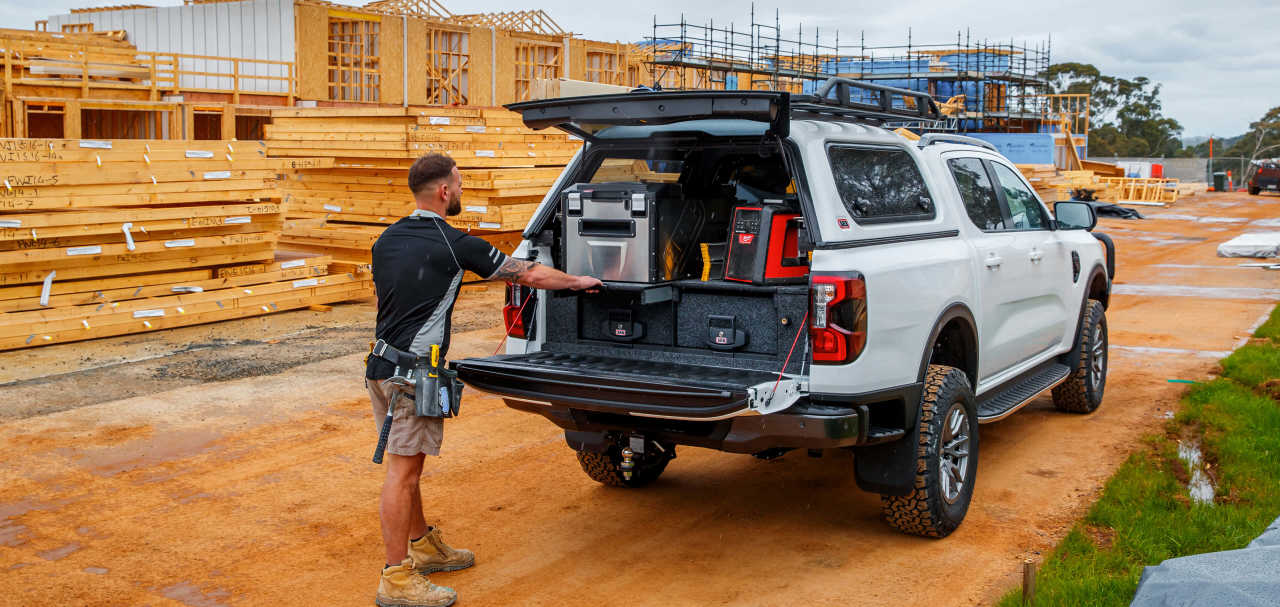
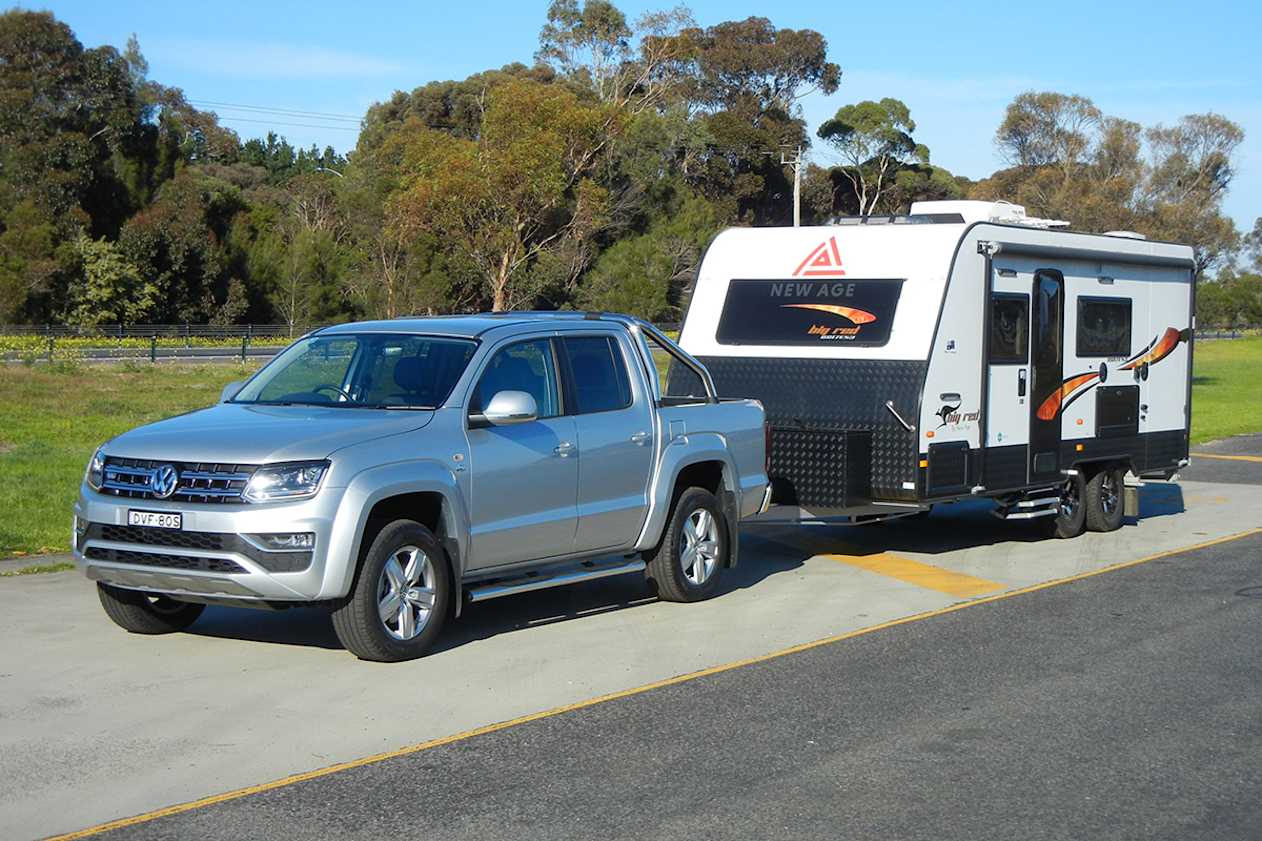
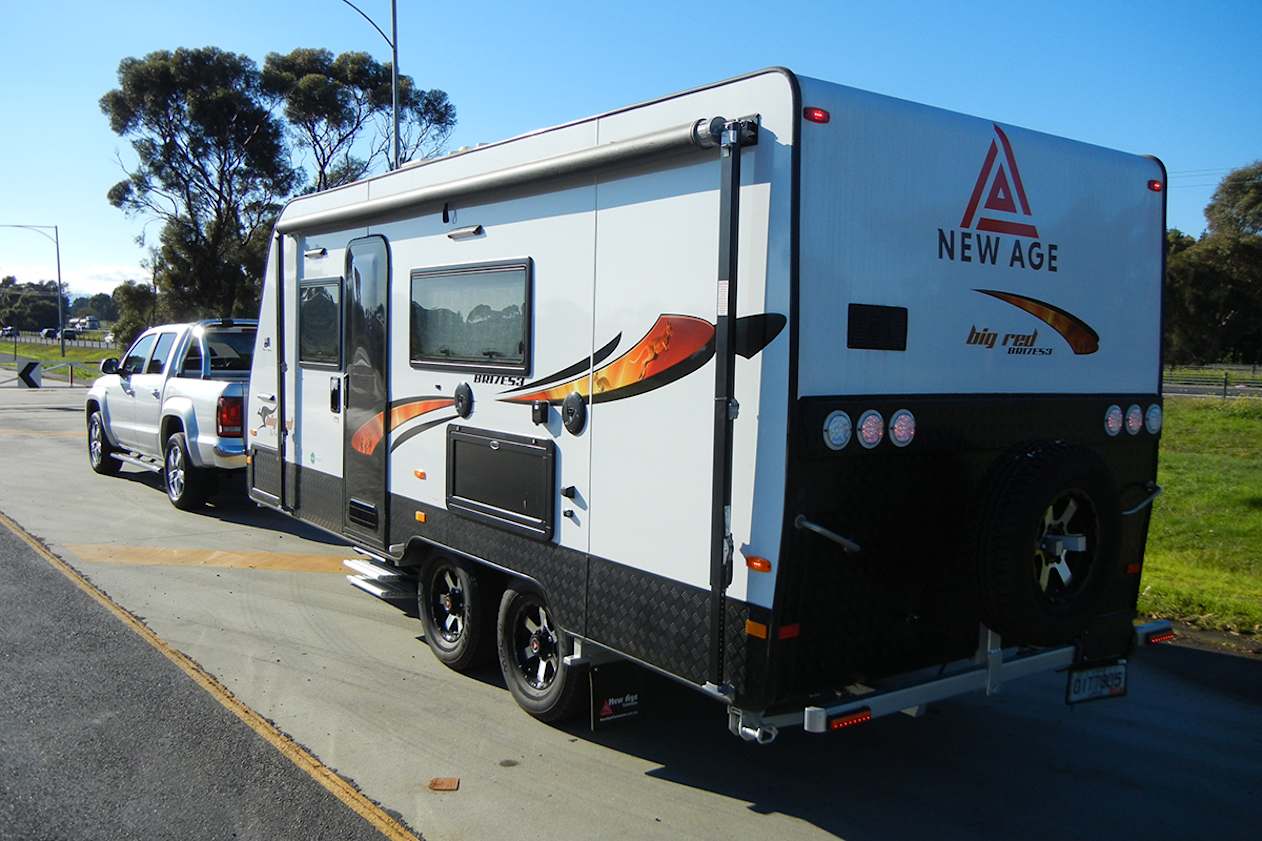


.jpg)



























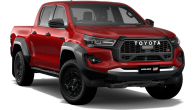
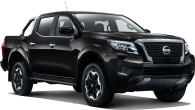

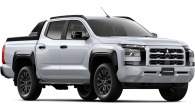


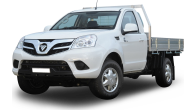
.jpg)

.jpg)
.jpg)


.jpg)